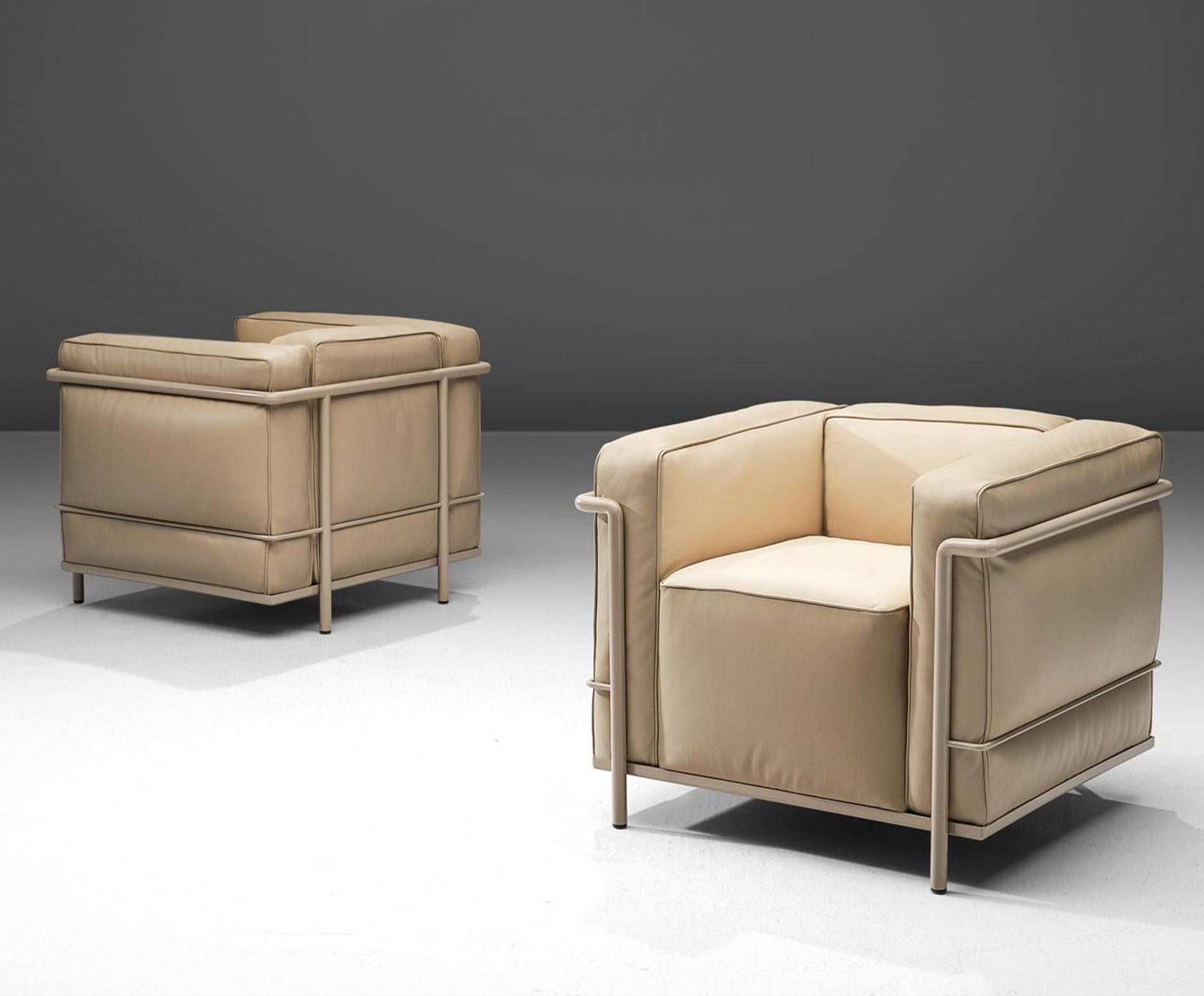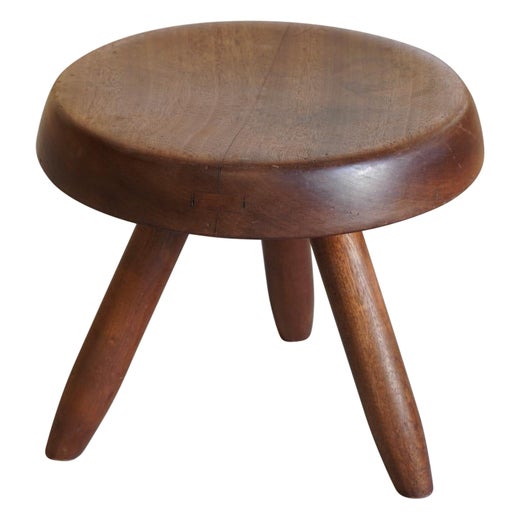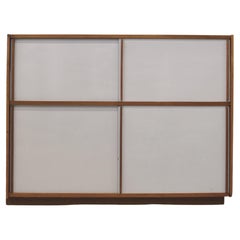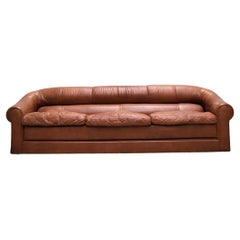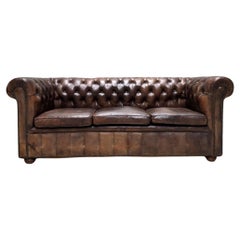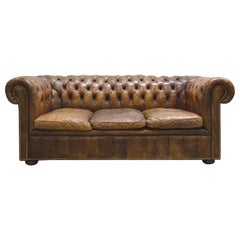Pair Le Corbusier LC2 Club Chair by Cassina Smoked Chrome Edition 2019
About the Item
- Creator:Cassina (Cabinetmaker),Charlotte Perriand (Designer),Le Corbusier (Designer),Pierre Jeanneret (Designer)
- Design:
- Dimensions:Height: 29.93 in (76 cm)Width: 26.78 in (68 cm)Depth: 27.17 in (69 cm)Seat Height: 17.33 in (44 cm)
- Sold As:Set of 2
- Materials and Techniques:
- Place of Origin:
- Period:
- Date of Manufacture:2019
- Condition:Wear consistent with age and use.
- Seller Location:Aachen, DE
- Reference Number:1stDibs: LU6944236700422
LC2 Petit Confort Chair
Does anything sound more comfortable than a “cushion basket”? That’s what Charles-Édouard Jeanneret (1887–1965), a.k.a. Le Corbusier, and his collaborators, cousin Pierre Jeanneret (1896–1967) and Charlotte Perriand (1903–99), dubbed the LC2 Petit Confort chair (as well as the rest of the similarly shaped seats in the LC series), the group’s modern take on an age-old form: the club chair.
The LC2 Petit Confort chair quite literally inverts the traditional construction of a chair (or any piece of furniture, really) using an exoskeleton of chromed tubular steel instead of hiding the construction inside, prioritizing an emphasis on function that boldly declared their modernist approach. Meanwhile, thick leather cushions make the seat exceptionally comfortable and lend it a boxy appearance that is compatible with the architecture and design of the International Style in which the group worked.
The trio conceived the cube-like seats in the LC collection in 1928 for exhibition at the 1929 Parisian art fair Salon d’Automne, and Austrian manufacturer Thonet was producing the group's designs at the time. Decades later, in 1965, when the designers’ modernist style had become widely popular, the LC2 Petit Confort chair was issued by Italian manufacturer and high-end furniture company Cassina, which continues to produce it today, along with the stylistically similar LC3 collection.
The LC2 armchair was born of a period of experimentation with tubular chrome by the Le Corbusier group — archival sketches authored by Le Corbusier and Perriand are demonstrative of a two-year collaborative process, while Le Corbusier's brief identifies the latter as having been put in charge of furniture and interiors. (Furniture designer and architect Marcel Breuer, whose Cesca chair was similarly structured, was also working with chrome.) The use of chrome in the trio’s LC lines was groundbreaking at that point, and its aesthetic aligned well with Le Corbusier’s having given the furniture the mechanical-sounding label “domestic equipment.”
Charlotte Perriand
A pioneer of modernism in France, Charlotte Perriand was one of the most influential figures in 20th-century design and architecture. In her long career, Perriand’s aesthetic grammar constantly evolved, moving from the tubular steel furniture of the Machine Age to a lyrical naturalism that is reflected in her enduring designs for chairs, sconces, daybeds and other works.
Perriand’s studies at the Ecole de L'Union Centrale de Arts Decoratifs left her enthralled by Charles-Édouard "Le Corbusier" Jeanneret and his vision of a new, rational architecture. In 1924, she joined his studio to design furniture along with Pierre Jeanneret, Corbu’s partner and cousin.
Together, they devised some of the finest examples of early modernist furniture, including two icons of the era: the B306 chaise — later renamed the LC4 — with its swooping frame and hide upholstery; and the chunky, steel-framed Grand Confort club chair. Both pieces were part of the LC line, which saw the trio of designers carrying out bold experiments with tubular chromed steel, just as architect and Bauhaus faculty member Marcel Breuer had executed with his cantilever Cesca chair around the same time. (Furniture created by Perriand, Le Corbusier and Pierre Jeanneret was originally produced by Austrian manufacturer Thonet but Italian firm Cassina acquired the production and sales rights to their works in 1964.)
Collaborative design produced another Perriand triumph: in the early 1950s, she and Jean Prouvé were engaged to produce desks, worktables and bookcases for the University of Paris. The bookcases — slim pine shelves with brightly painted aluminum dividers — are minimalist mid-century masterpieces.
By the end of that decade, Perriand’s aesthetic had changed completely from the earliest days of her career. She produced a series of furniture in ebonized wood: chairs with gentle S-curve legs, front and back; tables with elliptical tops. In the 1960s, Perriand pushed the boundaries of prefab to produce high-quality housing and furnishings at low cost for the French ski resort Les Arcs. She also adopted an almost rustic look at the time, designing simple chairs with dowel-cut frames and rush seats.
Everything in Perriand’s oeuvre is beautiful, whether it’s the centerpiece of a décor or an accent, and her work is in every great design collection, public and private.
The vintage Charlotte Perriand furniture for sale on 1stDibs includes stools, coffee tables, case pieces, lighting and more.
You May Also Like
Vintage 1980s Italian Mid-Century Modern Club Chairs
Chrome
Vintage 1970s Italian Bauhaus Sofas
Steel
Vintage 1970s Mid-Century Modern Sofas
Metal, Chrome
Vintage 1980s Italian Bauhaus Club Chairs
Chrome
Mid-20th Century Italian Bauhaus Lounge Chairs
Steel, Chrome
20th Century Italian Bauhaus Sofas
Leather, Upholstery, Lacquer
20th Century Italian Bauhaus Sofas
Leather, Upholstery, Lacquer
2010s Italian Other Armchairs
Chrome
Mid-20th Century Italian Bauhaus Sofas
Chrome
Mid-20th Century Italian Bauhaus Sofas
Steel, Chrome
More From This Seller
View AllVintage 1960s French Cabinets
Laminate, Wood
Vintage 1970s Italian Modern Sofas
Stainless Steel
Vintage 1960s English Sofas
Leather, Wood
Vintage 1930s English Sofas
Leather, Wood
Vintage 1960s French Club Chairs
Brass
Vintage 1970s Italian Sofas
Stainless Steel
